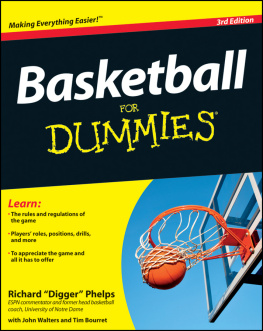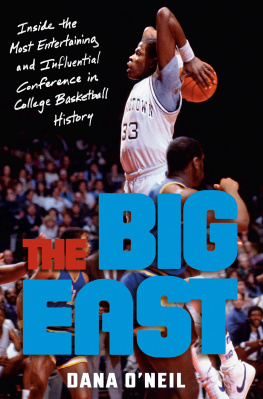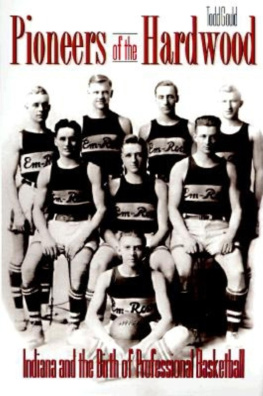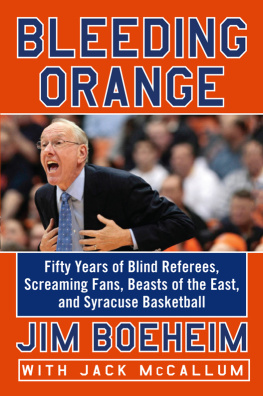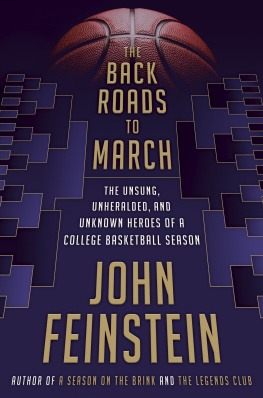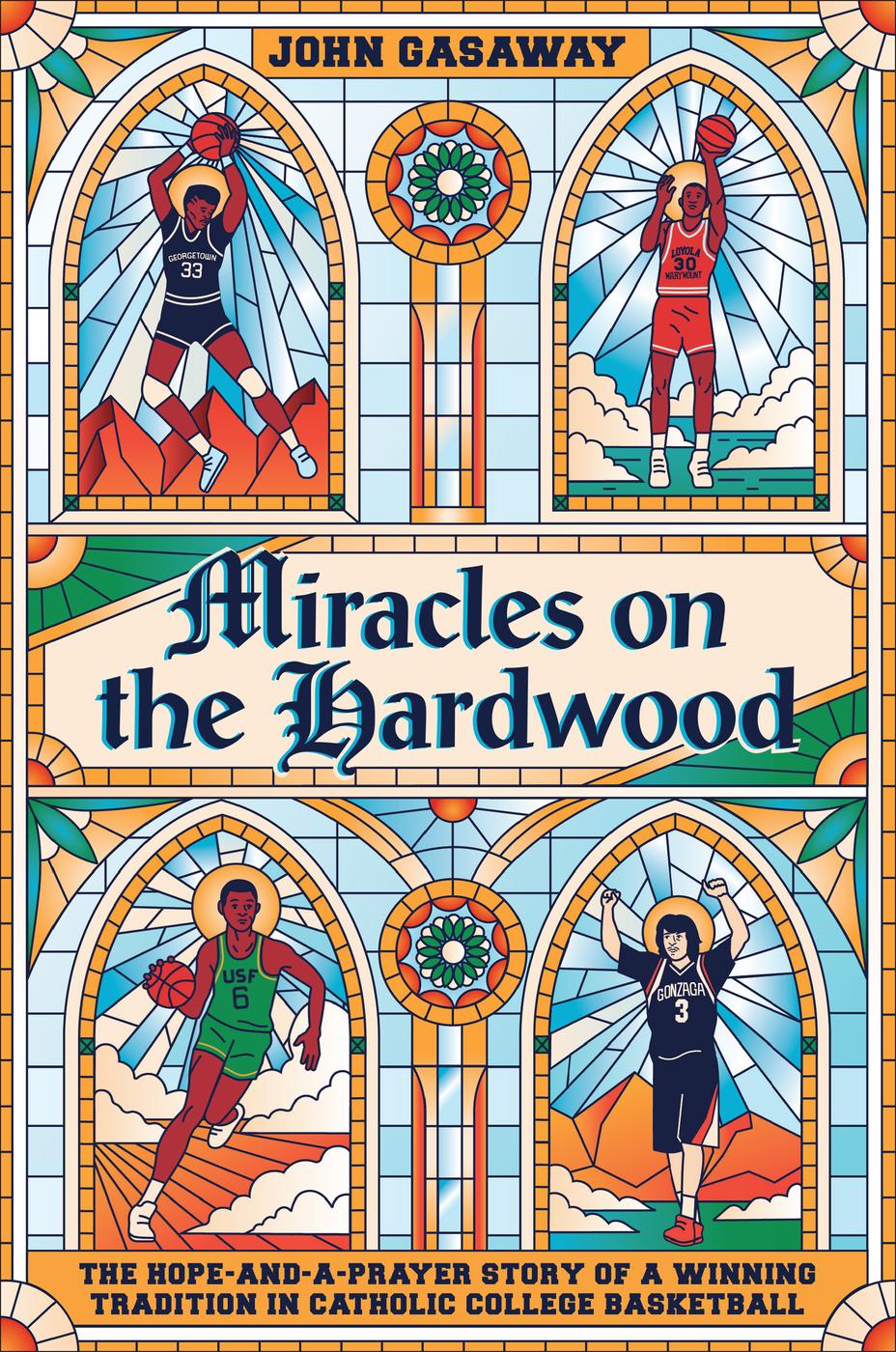
Copyright 2021 by John Gasaway
Cover design by Jarrod Taylor. Cover illustration by MUTI. Cover copyright 2021 by Hachette Book Group, Inc.
Hachette Book Group supports the right to free expression and the value of copyright. The purpose of copyright is to encourage writers and artists to produce the creative works that enrich our culture.
The scanning, uploading, and distribution of this book without permission is a theft of the authors intellectual property. If you would like permission to use material from the book (other than for review purposes), please contact permissions@hbgusa.com. Thank you for your support of the authors rights.
Twelve
Hachette Book Group
1290 Avenue of the Americas, New York, NY 10104
twelvebooks.com
twitter.com/twelvebooks
First Edition: March 2021
Twelve is an imprint of Grand Central Publishing. The Twelve name and logo are trademarks of Hachette Book Group, Inc.
The publisher is not responsible for websites (or their content) that are not owned by the publisher.
The Hachette Speakers Bureau provides a wide range of authors for speaking events. To find out more, go to www.hachettespeakersbureau.com or call (866) 376-6591.
Library of Congress Cataloging-in-Publication Data
Names: Gasaway, John G., 1964- author.
Title: Miracles on the hardwood : the hope-and-a-prayer story of a winning
tradition in Catholic college basketball / John Gasaway.
Description: First Edition. | New York : Twelve, 2021. | Includes index. |
Summary: "In MIRACLES ON THE HARDWOOD, author John Gasaway traces the
rise of Catholic college basketball - from its early days (Villanova
made an appearance in the Final Four in the first NCAA tournament in
1939) to the dominance of the San Francisco Dons in the 1950s and the
ascendance of powerhouses Georgetown, Villanova, and Gonzaga-through
their decades-long rivalries and championship games. Featuring
interviews with notable coaches, players, alums, and fans -- including
Loyola Chicago's most famous and dedicated fan, 99-year-old Sister Jean
-- to get at the heart of what makes these universities excel at this
sport. Small in number but devout in the game's spirit, these teams have
made the miraculous a matter of ritual, and their greatest works may be
yet to come"-- Provided by publisher.
Identifiers: LCCN 2020042928 | ISBN 9781538717103 (Hardcover) | ISBN
9781538717127 (eBook)
Subjects: LCSH: Basketball--United States--History. | College
sports--United States--History. | Jesuit universities and
colleges--United States--History. | Small colleges--United States. |
Basketball teams--United States--History. | NCAA Basketball
Tournament--History. | National Association of Intercollegiate
Athletics--History. | National Collegiate Athletic Association--History.
Classification: LCC GV885.7 .G38 2021 | DDC 796.323/630973--dc23
LC record available at https://lccn.loc.gov/2020042928
ISBNs: 978-1-5387-1710-3 (hardcover), 978-1-5387-1712-7 (ebook)
E3-20210216-DA-NF-ORI
For Jerri Gasaway
Explore book giveaways, sneak peeks, deals, and more.
Tap here to learn more.

I t is a truth universally acknowledged that Catholic schools are good at college basketball. When such programs do well over the first weekend or, especially, the first two weekends of an NCAA tournament, feature stories are duly written up explaining how this proficiency came to be. So far, the overarching run of success from Tom Gola and Bill Russell through Dave Gavitt and John Thompson all the way down to Mark Few and Jay Wright would seem to support such an interpretation.
Coach Wright once said that basketball in the Big East, a conference inextricably though not exclusively associated with the Catholic religion, is like a religion.
My hope is that this book might shed a bit of light on the American paths of both faiths.
It takes an army of players, coaches, scouts, doctors, trainers, and bottleholders to make up a football team. Two or three good players, plus a few spares, and a coach who doesnt drink on the job can make up a winning basketball team, and that can happen to a small school as well as a large one.
San Francisco Examiner, 1956
O n the day after her 100th birthday in 2019, Sister Jean Dolores Schmidt received a visitor in her office and talked about college basketball. Sister Jean had become a household name as chaplain for a Loyola Chicago team that made a surprise run to the 2018 Final Four. When she was asked by a reporter at that years NCAA tournament what it was like to wake up and find oneself a national celebrity, she edited the question before answering it: International celebrity.
In her office that day, Sister Jean shifted effortlessly between discussing the Xs and Os of the 2018 Ramblers and dissecting Loyolas national champions from 1963. She had observed both teams at close range and, as a basketball addict, her knowledge extended well beyond the Ramblers. Sister Jean spoke perceptively of Bill Russell at San Francisco, as well as of the St. Johns teams of the 1950s. She could cite chapter and verse from all of the above, based not on research conducted decades after the fact but on the real-time observations of an enthralled fan.
Speaking with Sister Jean about any 20th-century event leads to a quick mental calculation of her age at the time in question. When Pearl Harbor was attacked, she was already teaching at a parochial school in Southern California. She was born less than 30 years after James Naismith invented the game of basketball, and her spectating predated the creation of both the National Invitation and the National Collegiate Athletic Association tournaments. The joy that Sister Jean found in watching basketball and the contentment in her voice when noting that Loyola is the only team from Illinois ever to win the NCAA tournament (Were very proud of that) were both unmistakable. Shes also been impressed by what shes seen from Catholic programs more recently and from Villanova in particular.
Consider one pocket history of 21st-century Catholic college basketball: Villanova won two NCAA titles, Gonzaga reached the national championship game, Loyola Chicago made its run to the Final Four, and Marquette and Georgetown appeared in national semifinals in their own rights. During this same span, Xavier earned a No. 1 seed and reached no fewer than three Elite Eights, while Saint Josephs also received a top seed and entered the tournament with a 271 record. Wooden Awards have been won this century by players from St. Joes (Jameer Nelson), Creighton (Doug McDermott), Villanova (Jalen Brunson), and Dayton (Obi Toppin). Nor will we ever know what might have transpired in a 2020 NCAA tournament that was never played, one in which Gonzaga and, potentially, Dayton might have earned top seeds.
Perhaps the first element to note in such a thumbnail is that so many of the programs namedall of them, actually, except Villanova and Daytonrepresent Jesuit institutions. This prominence is a feature not only of Catholic basketball but perhaps additionally of Catholic higher education as its commonly perceived. While they are a populous and visible presence, Jesuit institutions, or indeed those of any one order, do not constitute a majority of Catholic colleges and universities in the United States. Nevertheless, the frequent conflation of Catholic with Jesuit persists among the general public, and college basketball is likely one significant contributing factor.


